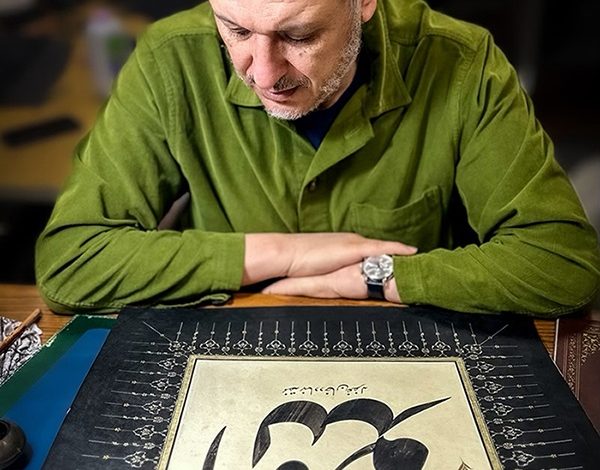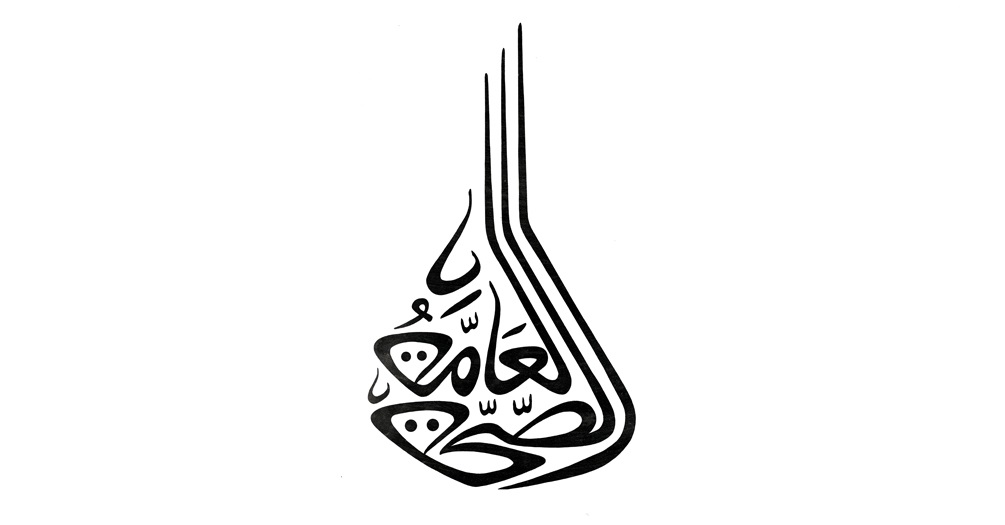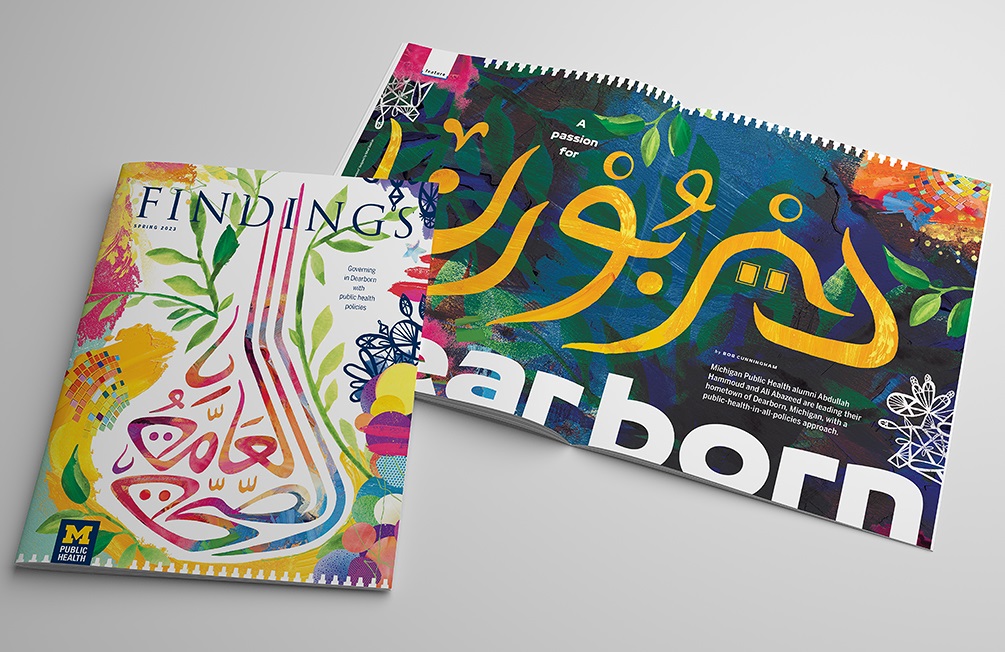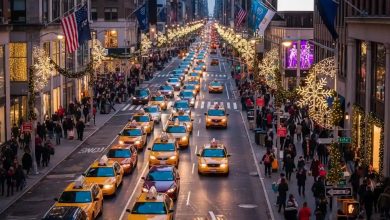Nihad Dukhan: Preserving and Modernizing Arabic Calligraphy in America
An Arab American master calligrapher brings classical beauty and modern creativity to a wider audience.

Arabic calligraphy, often called the “geometry of the spirit,” has traveled centuries and continents to find a new home in the United States. Among the leading figures preserving and advancing this art is Dr. Nihad Dukhan, a Palestinian-born Arab American master calligrapher and professor of mechanical engineering at the University of Detroit Mercy. Through his works, lectures, and exhibitions, Dukhan has become a cultural bridge, inspiring both Arab-speaking communities and those unfamiliar with the language to appreciate the power and elegance of Arabic script.
A Journey Rooted in Gaza, Perfected in Istanbul
Dukhan’s passion for calligraphy began in Gaza during his school years. Inspired by a teacher and fascinated by the strength and elegance of Arabic script on book covers and business signs, he began practicing on walls and notebooks. This playful start grew into a lifelong dedication.
After moving to the United States for his engineering studies, he continued refining his art. In 1996, after completing his PhD, Dukhan traveled to Istanbul to study under the grand master Hasan Çelebi. His training lasted 11 years and earned him master certifications in the Thuluth and Naskh styles. Later, he studied Taliq for seven years with master calligrapher Mohamed Zakariya in Virginia, receiving mastery in 2013.

Blending Tradition and Modern Expression
While grounded in the classical tradition, Dukhan also developed a modern personal style beginning in 1989. Unlike strict classical calligraphy, his modern works embrace design freedom, transforming letters into organic and architectural forms that carry symbolic meaning.
For Findings magazine, Dukhan created two striking pieces:
-
“Public Health” — designed with elongated vertical lines symbolizing institutional strength, and abstract dots representing generations of people.
-
“Dearborn” — stylized letters formed into domes, crescents, and an Arabic coffee cup, reflecting the rich Arab American culture of the city.

Cultural Significance and Mission
For Dukhan, calligraphy is not just an art form but an emblem of Arab and Muslim civilization, tied to the Arabic language and the Quran. He believes its beauty can transcend cultural barriers, touching audiences regardless of their familiarity with Arabic.
Through exhibits, workshops, and public lectures, Dukhan continues to promote awareness of Arabic calligraphy. His mission is both preservation and innovation—ensuring that this heritage is respected, understood, and celebrated in modern contexts.



